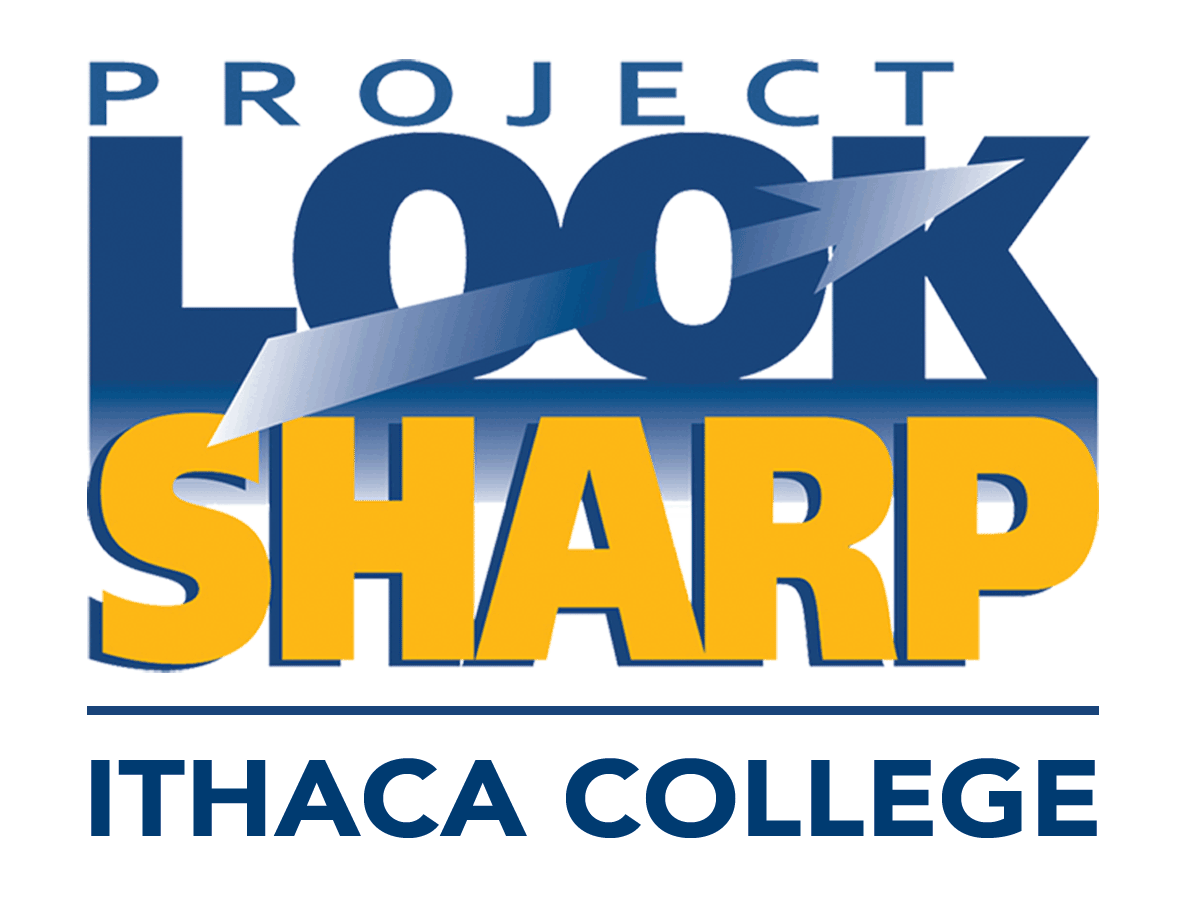Valentine’s Day (and Other Holidays) through a Media Literacy Lens

February is a month full of holidays: Groundhog’s Day, Valentine’s Day, President’s Day and Super Bowl Sunday (OK, not a formal holiday, but it feels like one). This is a great time to note the wonderful opportunity that holidays provide for doing media literacy in your classroom. Holidays have rich histories that can be researched and discussed at many grade levels – sometimes with surprising results – applying media literacy questions about sources and credibility. And holiday messages lend themselves beautifully to the key questions for analysis that are at the heart of media literacy.
Most holidays are featured prominently in many different forms of media – including advertising, books, news, and movies. Even Groundhog’s Day – whose roots lie in German traditions related to Candlemas and was brought to the U.S. in 18th and 19th centuries – has its very own movie (1993, starring Bill Murray and Andi McDowall) which showed up in a Jeep commercial during this year’s Super Bowl. President’s Day – which grew out of a melding of the separate holidays for Lincoln’s Birthday (Feb. 12) and Washington’s Birthday (Feb. 22) that occurred when I grew up in Iowa in the 1960s – is represented by portraits, documentaries and highly advertised sales. And Valentine’s Day, of course, is highlighted in cards, candies, stuffed animals, and – well, valentines!
What are the messages carried by the media related to Valentine’s Day – about gender, about families, about love and romance? How have those messages changed over time? Who benefits from – and who might be harmed by – different types of messages, and from making Valentine’s Day a heavily commercialized holiday designed to sell products to children and romantic partners? The inquiry-based constructivist media decoding approach developed here at Project Look Sharp can be used to analyze Valentine’s Day messages on everything from candy hearts to advertisements. In fact, we have a lesson for upper elementary and middle school grades that features three unusual TV commercials about Valentine’s Day that work really well in ELA or Social Studies to help students unpack narratives about relationships, commercialization, and the difference between an advertisement and a public service announcement (PSA).
As the year progresses, you’ll find other Look Sharp lessons that apply to holidays – including TV commercials for Mother’s Day, children’s books for Thanksgiving, and an entire kit full of lessons analyzing more than two dozen media formats related to Martin Luther King, Jr.
Like all of Project Look Sharp’s curriculum materials, these lessons are grant-funded and totally free for educators – all you need to do to access the activity plans, handouts and media materials is set up a free account.
February is also Black History Month, including this year’s Black Lives Matter at School week – both of which I will be talking about in next week’s blog. And this year, of course, February is also a month of many political events related to the 2020 Presidential Election; I’ll be discussing that in several future blog posts. Opportunities for media literacy are everywhere – and we’d love to hear what you’ve been doing in your own classrooms!
Cyndy Scheibe, Founder and Executive Director
